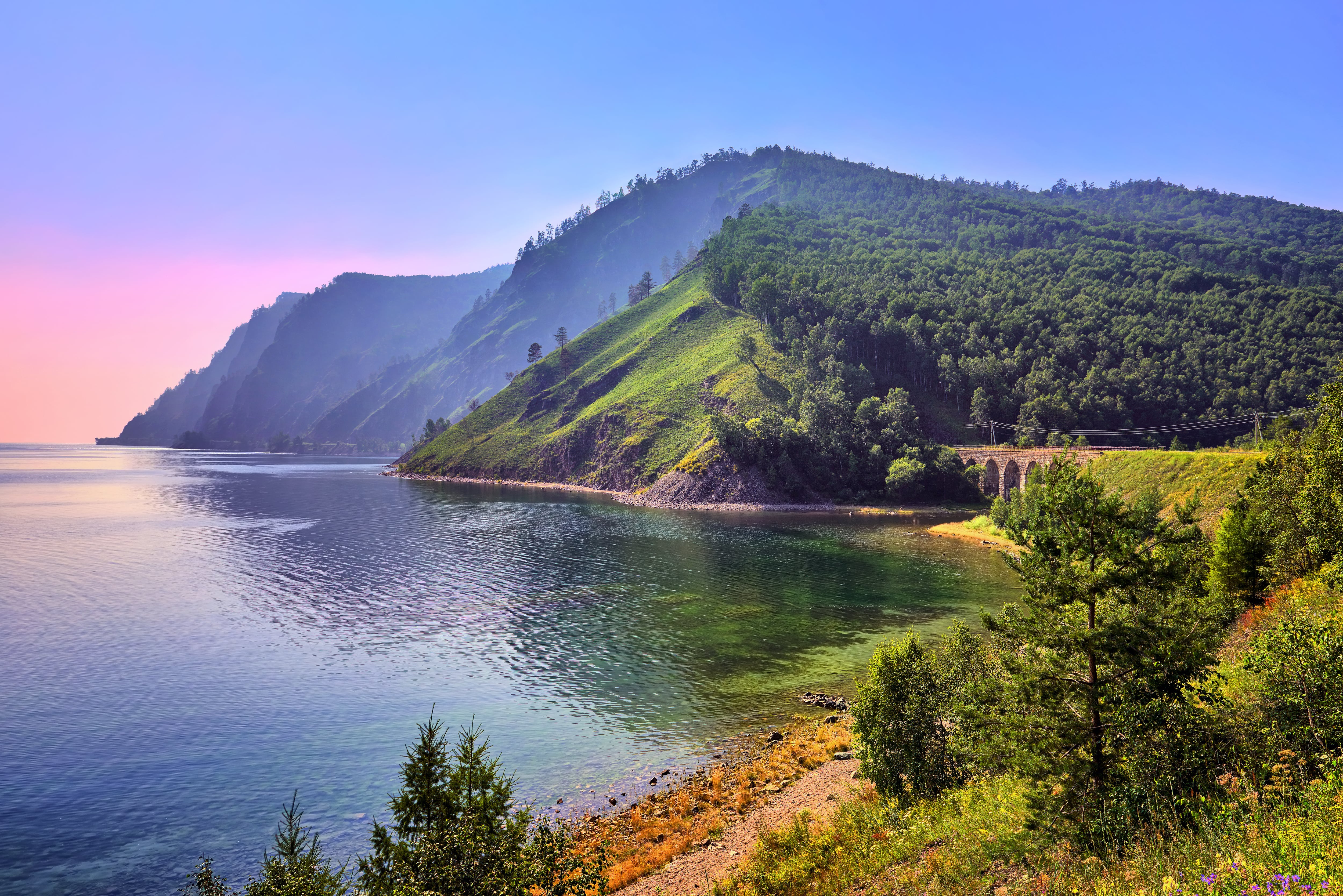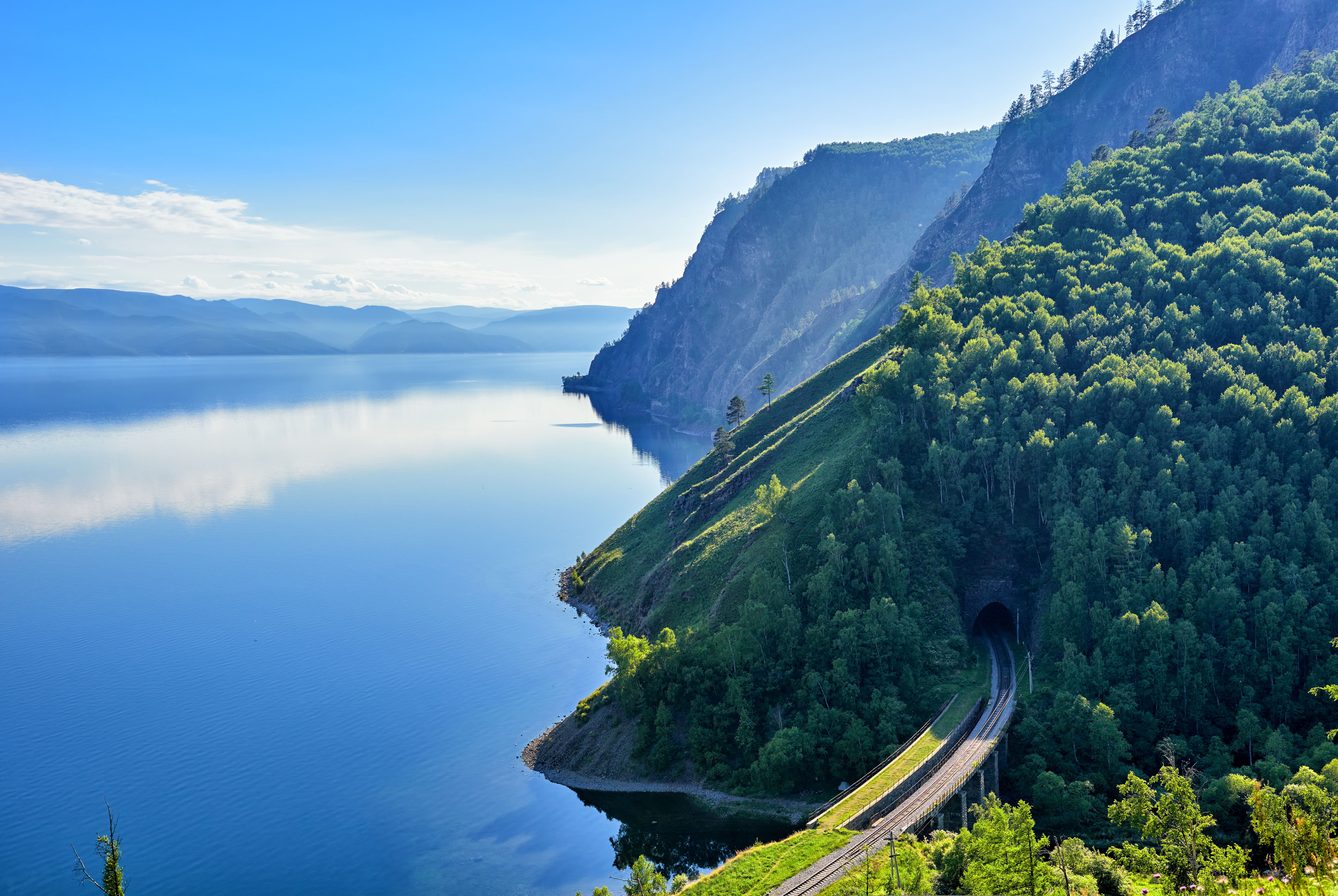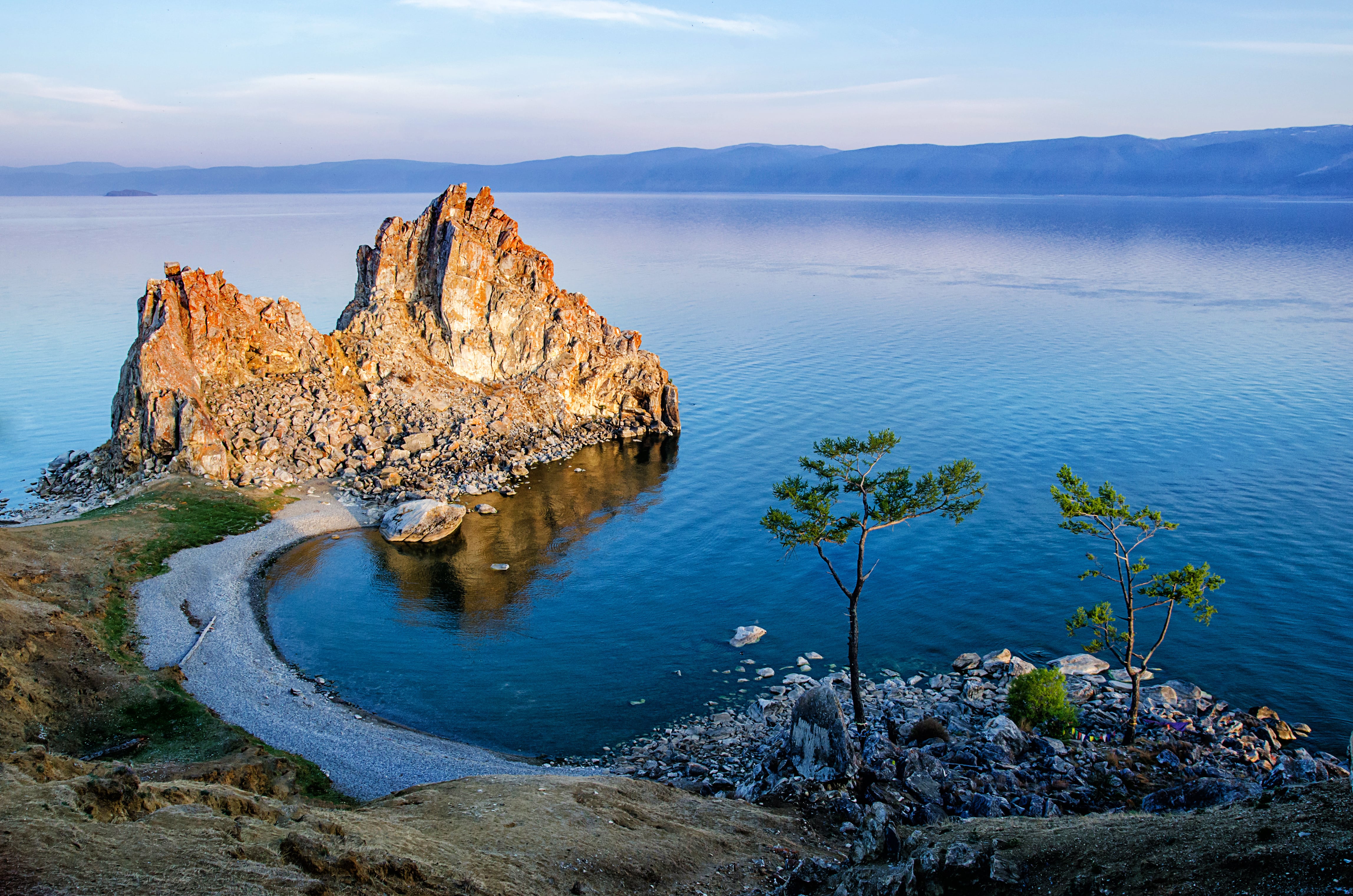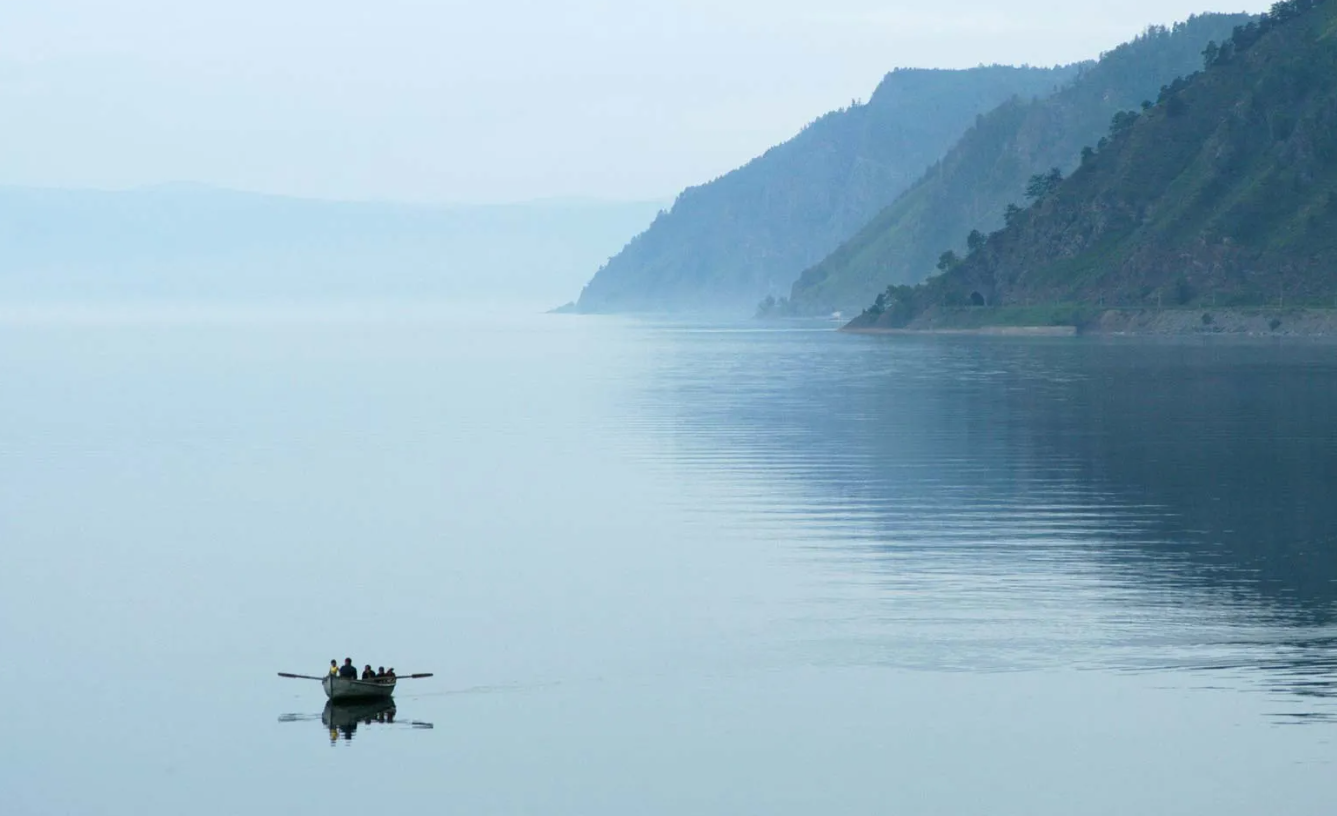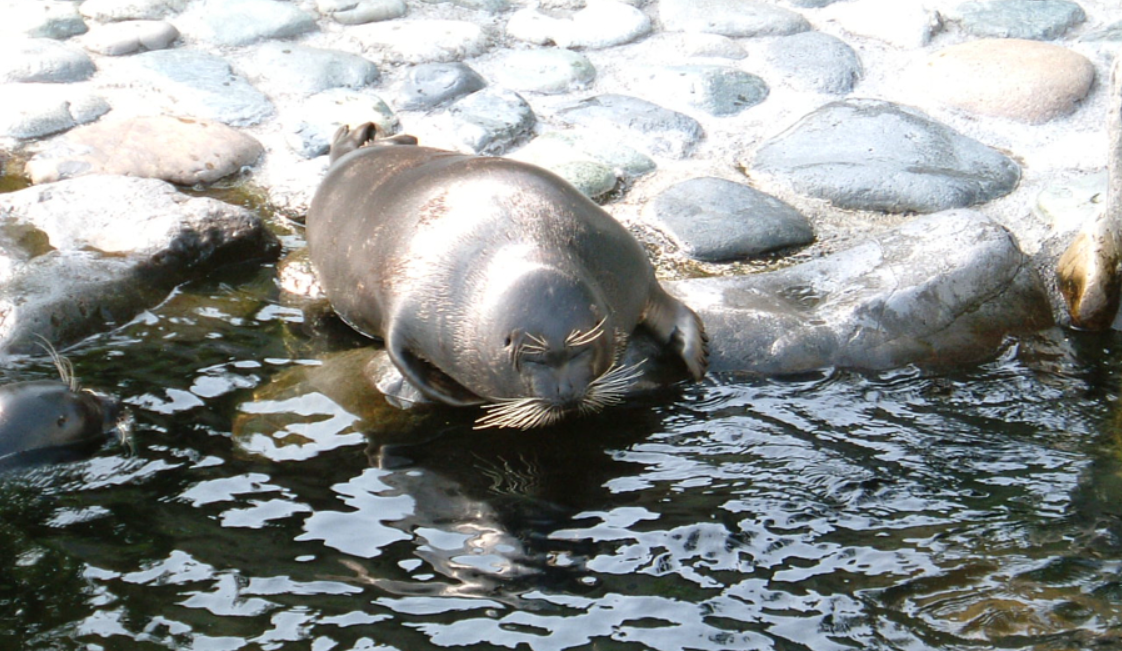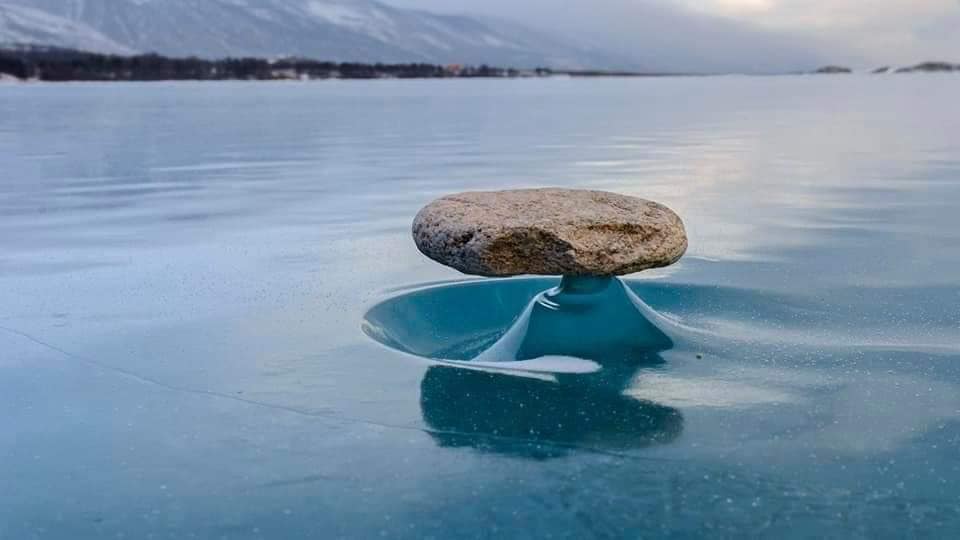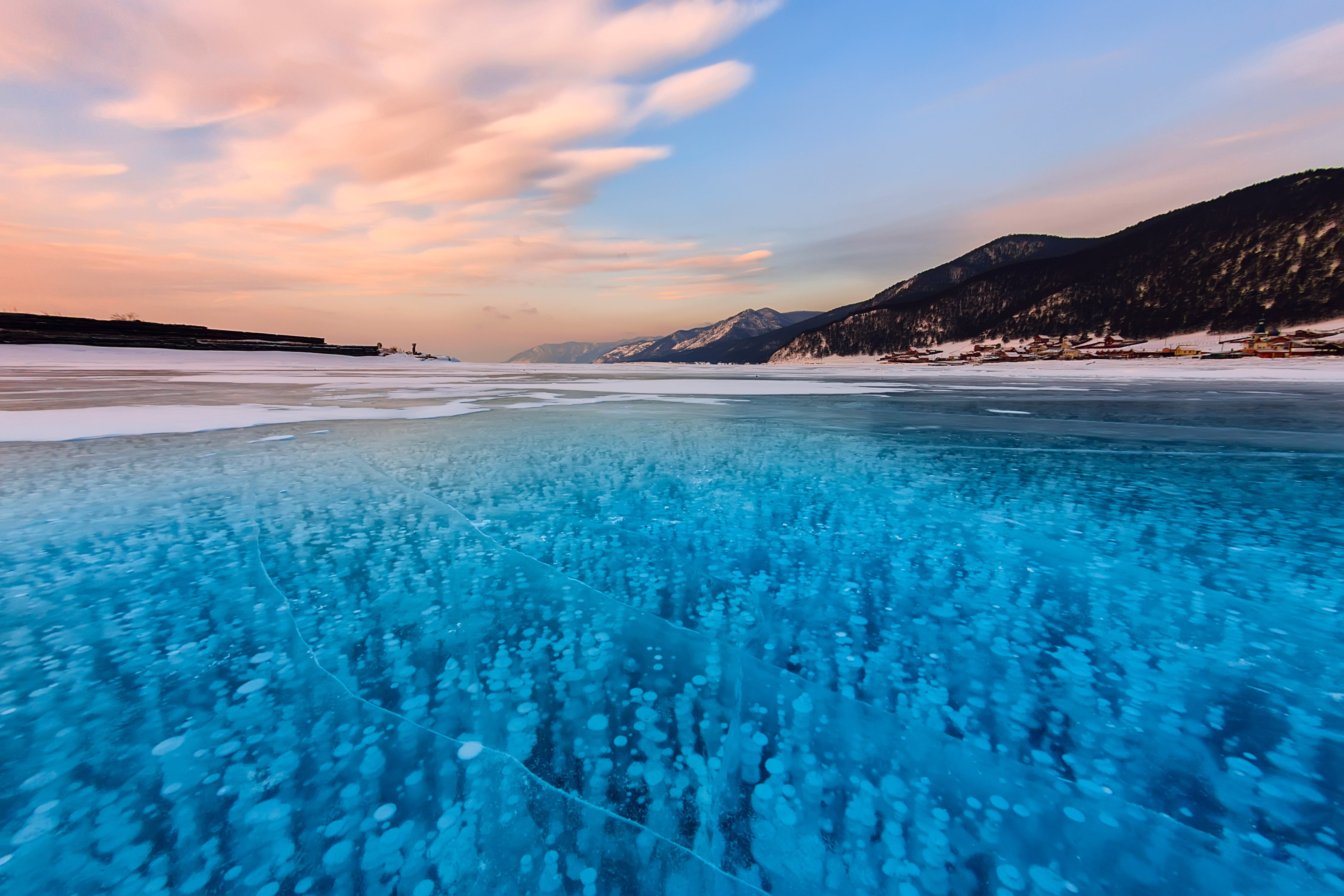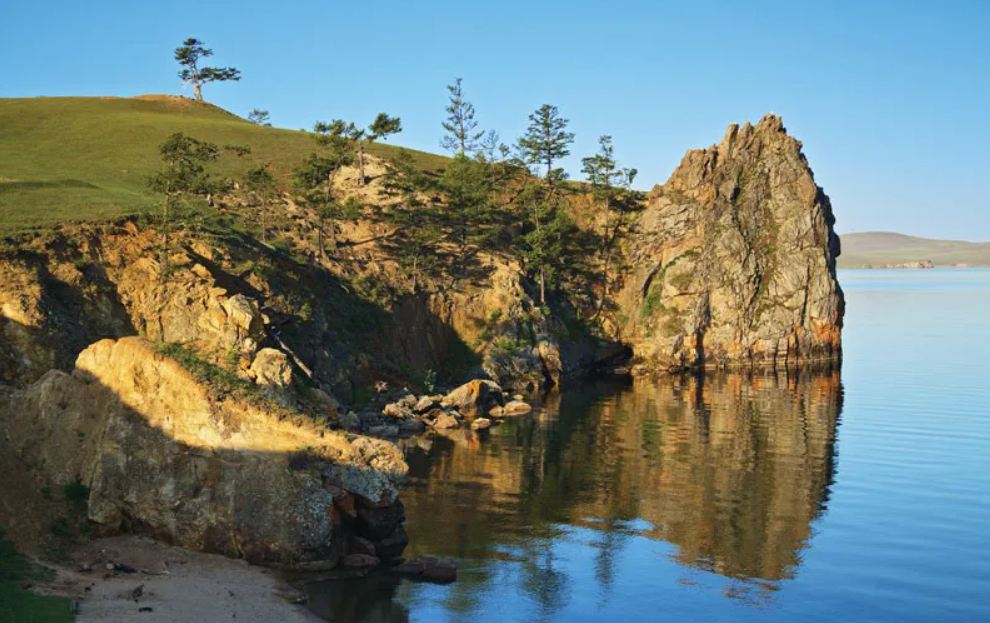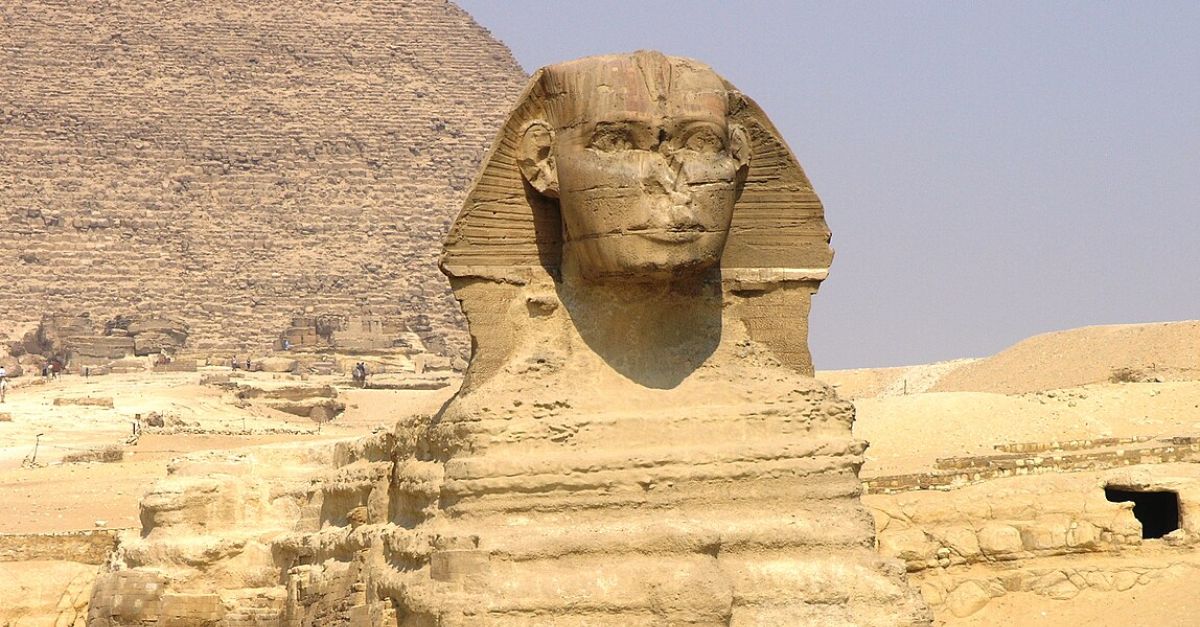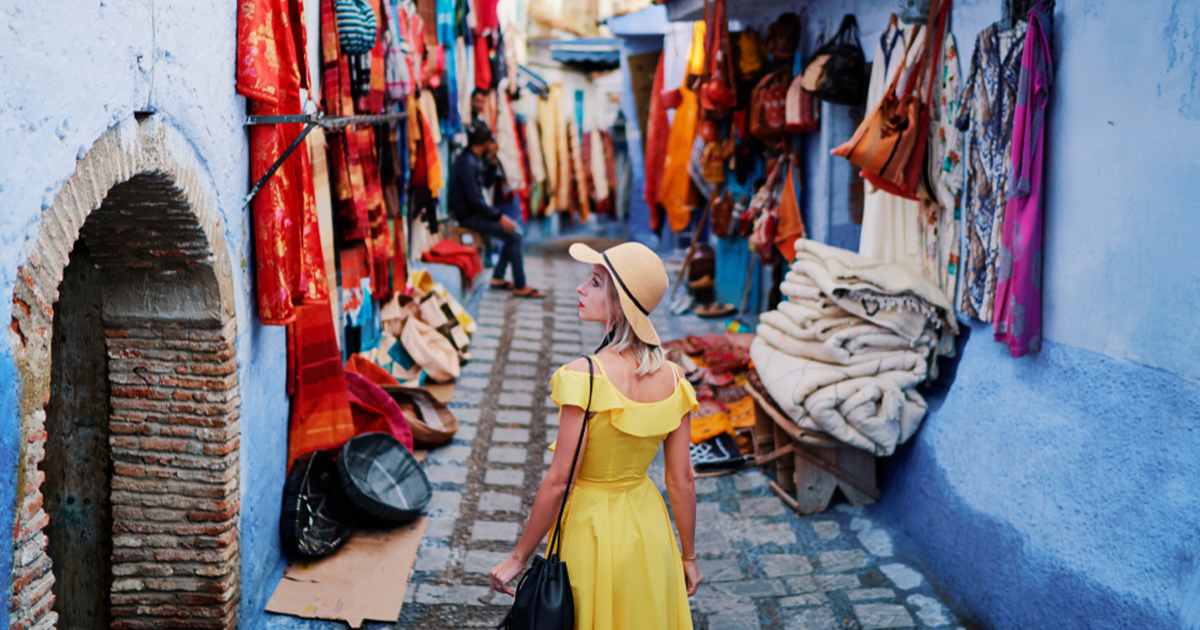Lake Baikal: The Deepest Lake in the World
In the heart of Siberia, Russia, lies a natural wonder that captures the attention of both travelers and scientists—Lake Baikal.
Known for its remarkable depth, Lake Baikal—affectionally called the ‘Pearl of Siberia’—is a stunning body of pristine water with a unique biodiversity.
Let’s find out the mysteries and marvels of the deepest lake in the world.
The Location of Lake Baikal
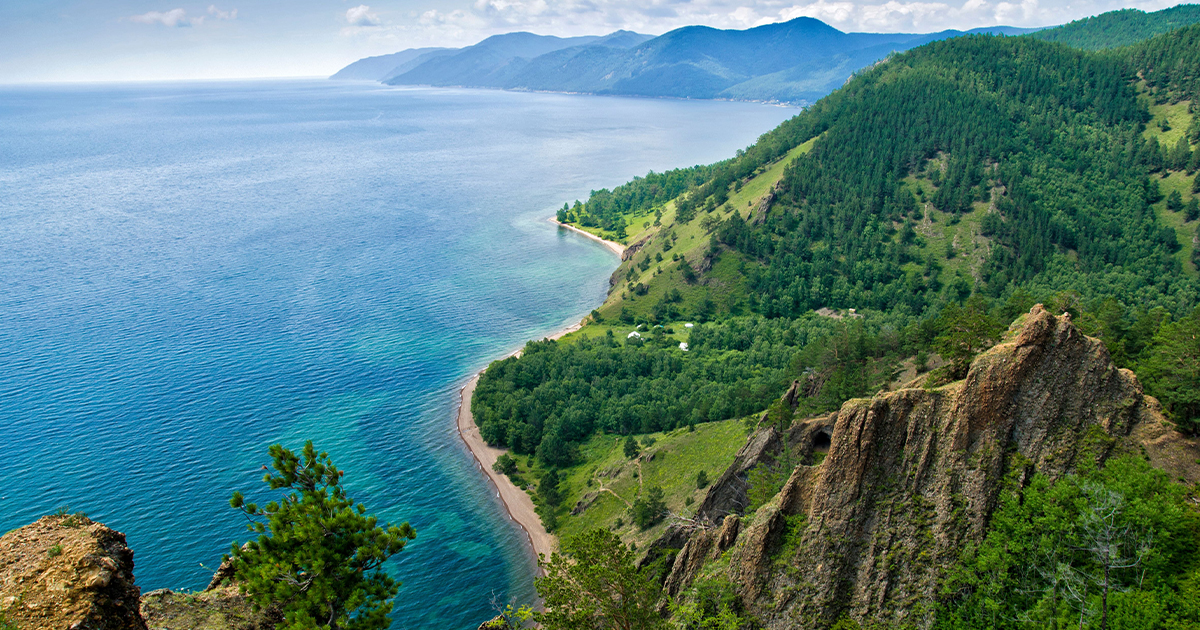
Lake Baikal is in southeastern Siberia, near the city of Irkutsk.
It's a rift lake, formed in a deep rift valley and believed to be one of the world’s oldest freshwater lakes. It’s estimated to be about 25 million years old.
The lake is 636 kilometers long and 79 kilometers wide. The wide-open water reflects the sky like a mirror, while mountains and lush forests surround the perimeter.
The Depth of Lake Baikal
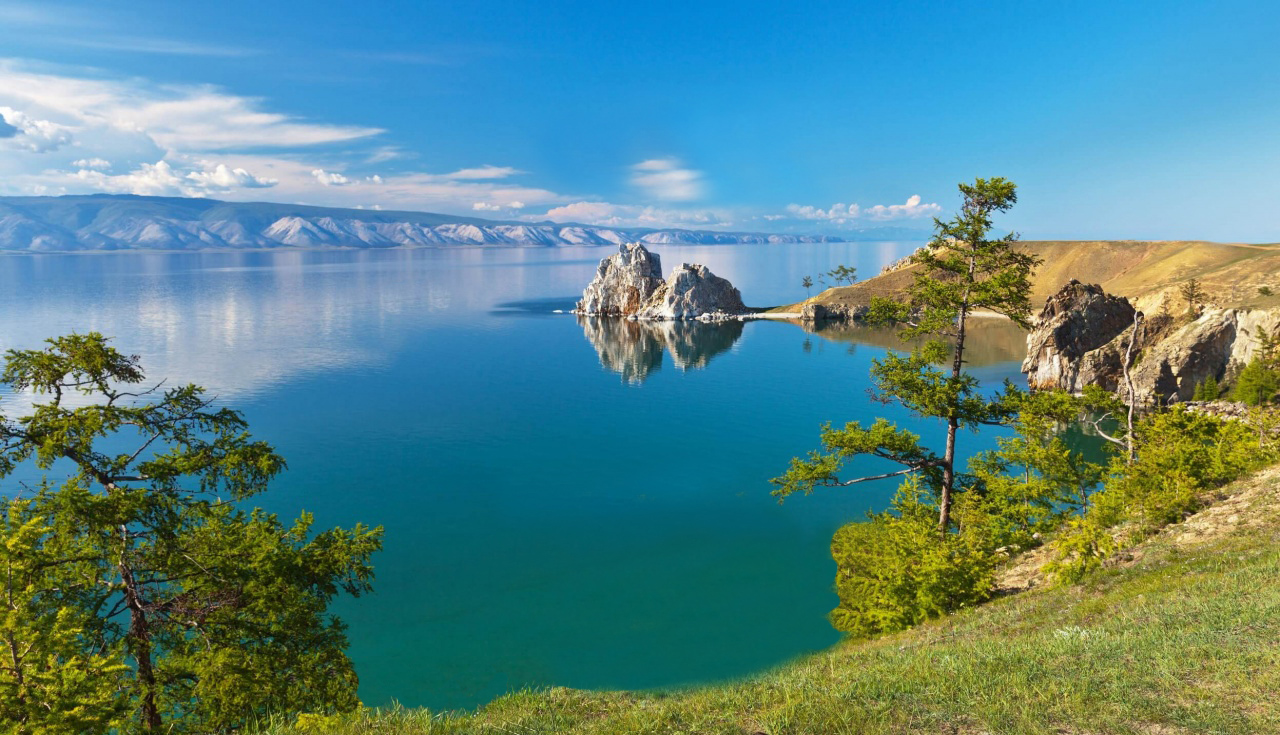 NikitaKovtunSlyudyanka, Wikimedia Commons
NikitaKovtunSlyudyanka, Wikimedia Commons
Lake Baikal is known for its extraordinary depth. With an incredible reach of 1, 643 meters (5,387 feet), it is the world’s deepest lake.
The lake is located in a rift valley, which means that it sits where the Earth’s crust is slowly pulling apart. This continuously makes the lake deeper.
With depth comes volume. Lake Baikal is also the world’s largest freshwater lake by volume, containing about 20% of the world’s unfrozen fresh water.
Lake Baikal Compared to Other Bodies of Water
Lake Baikal’s depth and volume makes it unique among other bodies of water. For example, it is deeper and holds more water than all of the North American Great Lakes combined.
It is not as surface-large as others, but it has them all beat in depth and volume.
Swimming at Lake Baikal
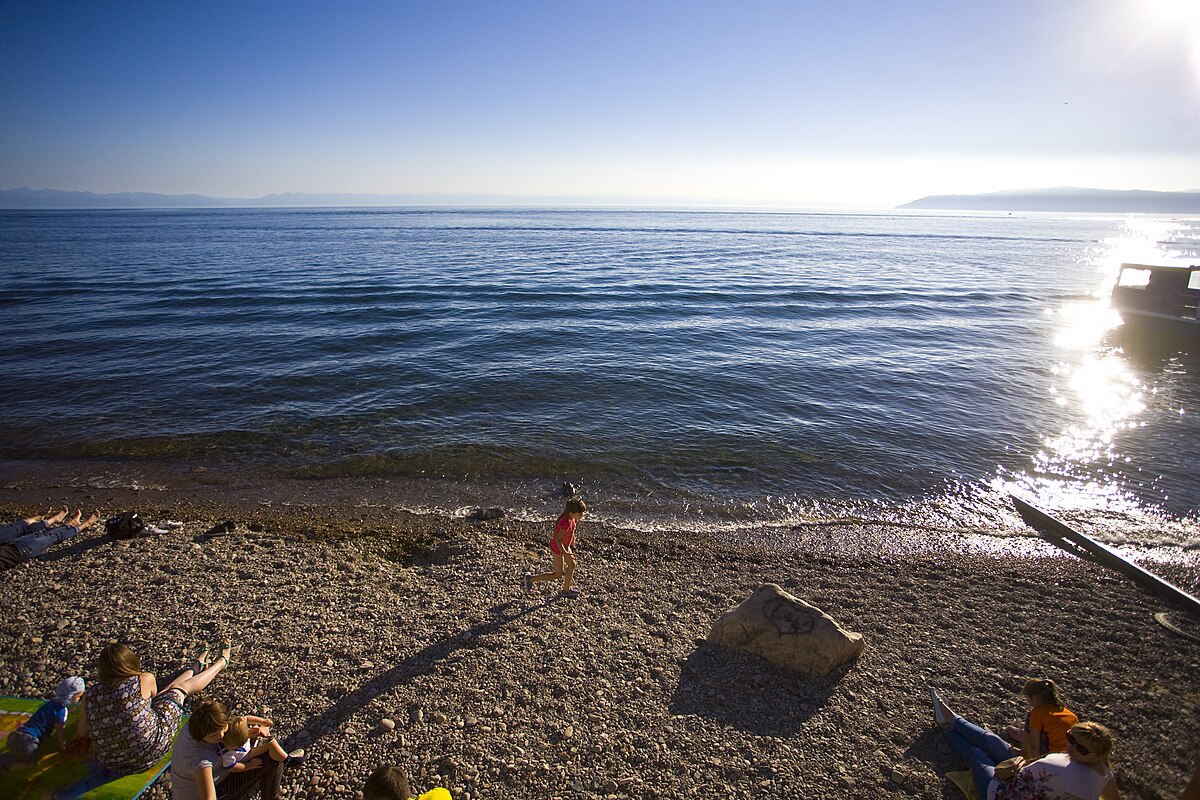 miketnorton, Wikimedia Commons
miketnorton, Wikimedia Commons
Lake Baikal is definitely a swimmable lake. It is known by beach goers for its beauty.
The depth of the lake makes the water chillier than average, even in summer. Although it is generally safe for swimming, its vastness needs to be cautioned and respected.
The Purity of Lake Baikal’s Waters
As mentioned before, Lake Baikal is known for its pristine water.
The crystal-clear water is due to several factors:
- Minimal pollution
- The depth
- A unique microorganism that filters the water
The ecosystem surrounding the lake is mostly undeveloped and untouched, which also plays a huge part in the water maintaining its purity.
The Significance of Lake Baikal
Lake Baikal is really important for scientific, ecological and cultural purposes. It’s a UNESCO World Heritage Site, and home to thousands of plant and animal species—many of which are native to the area, like the Baikal seal or ‘nerpa’.
The lake’s age and isolation have created one of the richest and most unusual freshwater ecosystems in the world. This makes it extremely valuable in evolutionary biology.
The Largest Animal in Lake Baikal
The largest animal in Lake Baikal is the Baikal seal—also referred to as a “nerpa”.
The Baikal Seal is the only freshwater seal in the world, and it is only found in this lake. There are approximately 80,000 to 100,000 Baikal seals.
The nerpa is a symbol of Baikal, as it plays a key role in the lake’s ecosystem.
How the Baikal seal came to be in this lake is a hot topic among scientists. One theory suggests that the seals migrated there from the Arctic Ocean. It would have had to occur through the Yenisei River System and the Angara River during the last ice age.
This would also be around the same time as the migration of the Baikal Omul, a species of fish that are also only found in Lake Baikal.
Natural Rock Art of Lake Baikal
The shoreline of Lake Baikal is decorated with ancient rock art. It is believed that they were created by the ancestors of the indigenous Siberian people.
These petroglyphs represent scenes from the lives of these ancient cultures, offering historical and spiritual insight of early inhabitants.
Another unique feature of Lake Baikal is the mesmerizing phenomenon, Baikal Zen, where flat rocks resting on the lake’s ice create a striking visual effect in the spring. This happens when the sun melts the ice directly under the rock, leaving the rock perching on top of a single ice pedestal.
The ice pedestal stays frozen as the rock shields it from the sun. The ice around the rock refreezes again when temperatures drop at night, keeping the rock balancing on the ice pedestal.
Winter at Lake Baikal
In the winter, the way Lake Baikal freezes is mesmerizing. Since the lake is already cold, it freezes thick and far, covering almost its entire surface—making it the world’s largest ice rink. It becomes so thick that it can easily hold vehicles and even small structures.
The way it freezes though is what visitors speak of most. The frozen water creates intricate patterns of cracks and bubbles trapped beneath the surface, giving it a natural mosaic look.
The shorelines are covered in ice grottoes and crystal jagged ice formations.
Final Thoughts
Lake Baikal is more than just a lake—it’s a natural marvel filled with beauty and mystery. It’s deep and pure water is a natural world wonder, and its biodiversity makes it a treasure trove for scientists and nature lovers.


